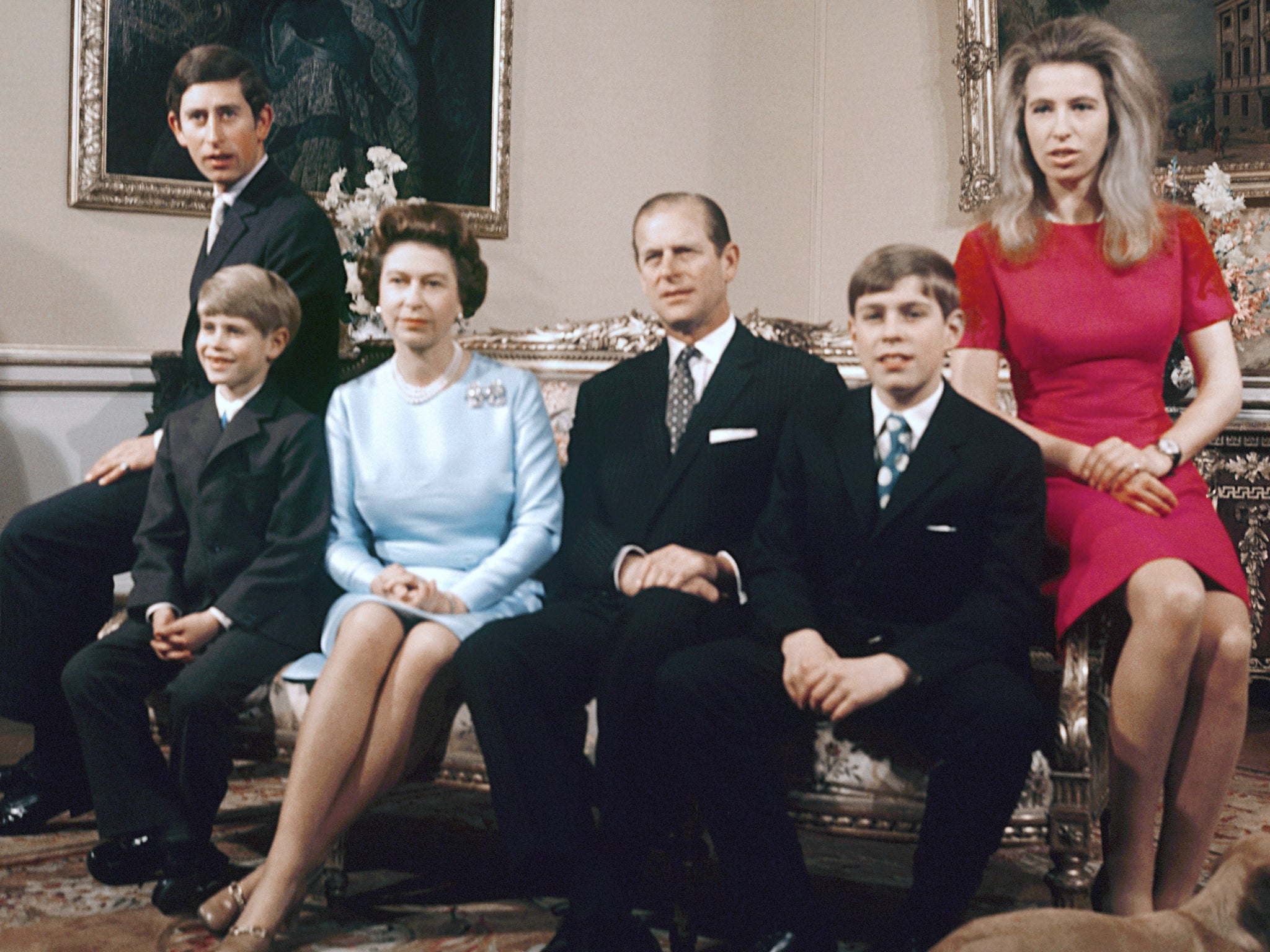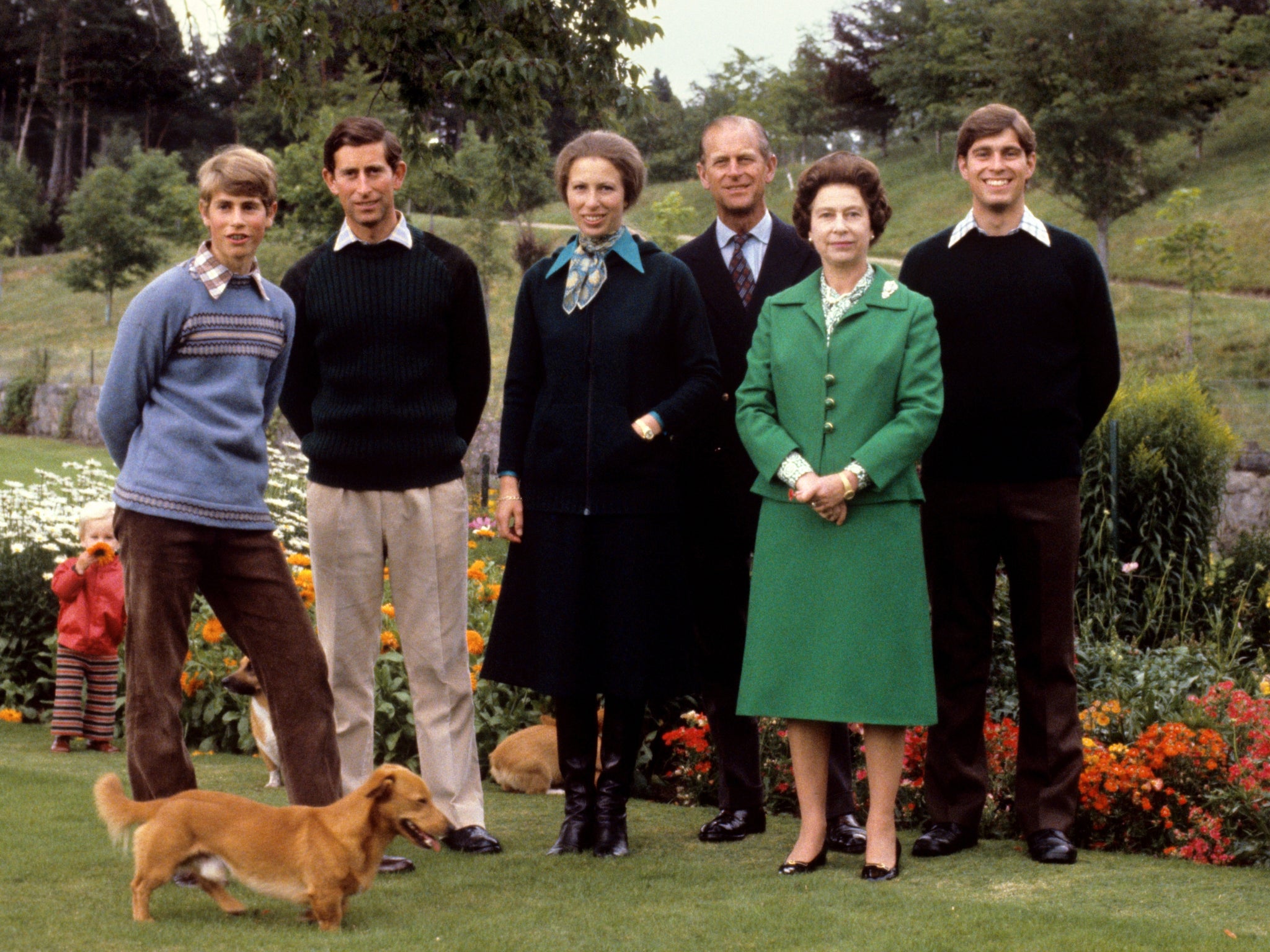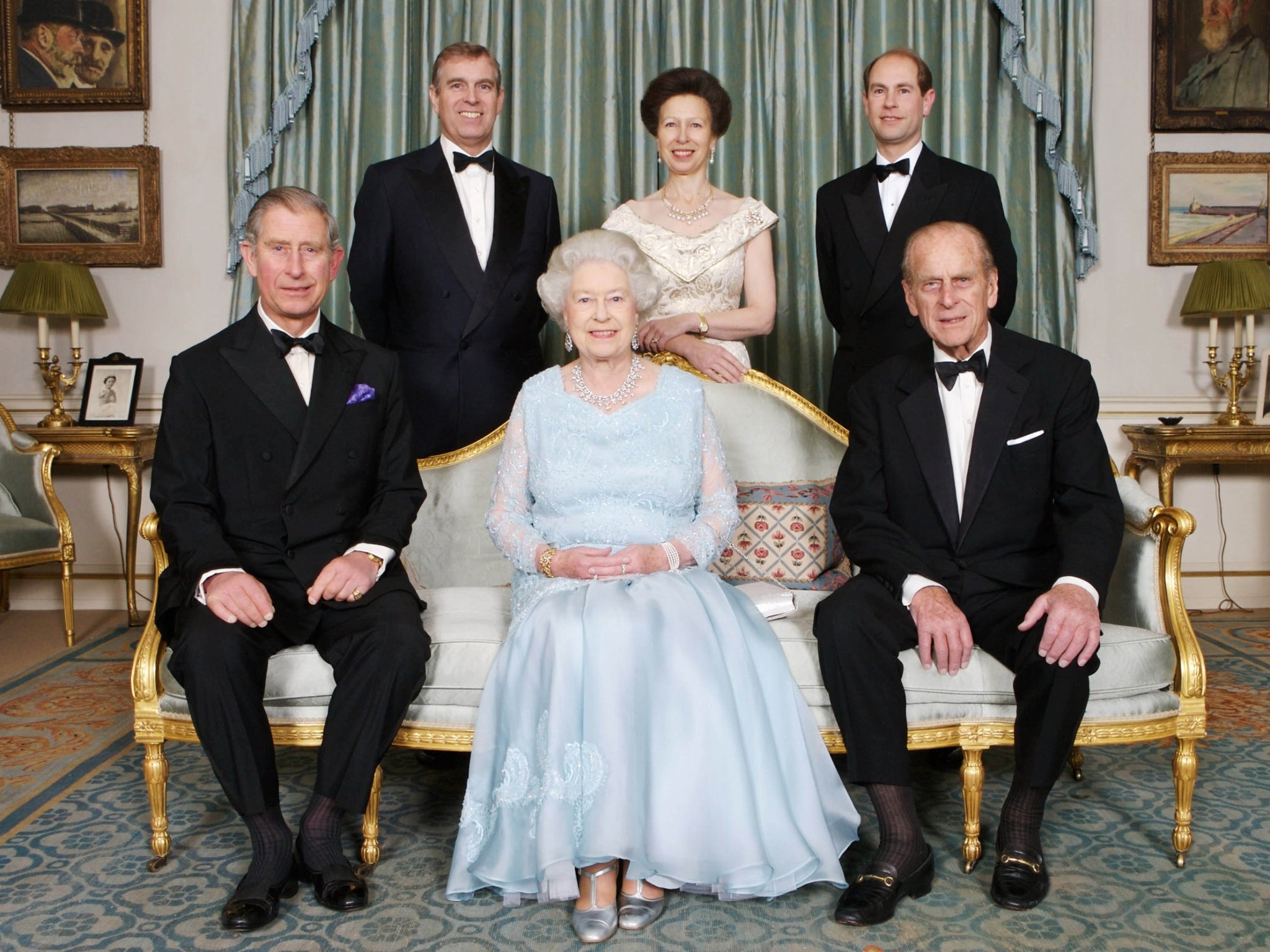‘It is the best job’: Inside the Queen’s relationship with her children
The Queen spent her life juggling sovereign duties with motherhood and, as Rachel Burchfield writes, she excelled in both
Any mother-child relationship is at least a little bit complicated. Add being the reigning monarch of the UK into the mix, and it becomes markedly more so.
Though Her Majesty loved her four children and they loved her – there is no question about that – the Queen’s number one responsibility in her lifetime was being the sovereign. That, combined with her patented stoicism, made motherhood complex.
The Queen became a mother for the first time at the age of 22 in 1948, giving birth to heir to the throne Prince Charles Philip Arthur George on 14 November, 1948 – just six days before her and husband Prince Philip’s first wedding anniversary. The pair’s only daughter, Princess Anne Elizabeth Alice Louise, followed less than two years later on 15 August, 1950. Both were quite young – Charles three and Anne not yet two – when their mother became Queen on 6 February, 1952, her entire life changing in the process.
However, though she had produced both the heir – Charles – and “the spare” – at the time, Anne – Her Majesty was not yet done bearing children. She gave birth to Prince Andrew Albert Christian Edward on 19 February, 1960, and, finally, Prince Edward Antony Richard Louis on 10 March, 1964 – just a few weeks before Her Majesty turned 38. The 16 years that separate her eldest, Charles, from her youngest, Edward are significant.

For Charles and Anne, their mother the monarch was often away for long stretches of time working, including a tour of the Commonwealth in 1953, where she visited 13 countries over the span of six months, travelling from the UK to far flung locations like Australia, New Zealand, Jamaica, Uganda, and Bermuda. Young Charles and Anne were left at home, much like they were when the Queen visited Philip in Malta early in their marriage.
Though the Queen loved being a mother, in Jonathan Dimbleby’s 1994 biography of Prince Charles, the author quotes Charles as saying it was "inevitably the nursery staff” who taught him how to play and who watched his first steps. When not travelling, the Queen and Prince Philip would generally see their children after breakfast and dinnertime.
Her relationship with each of her children is similar yet also very different – with Charles, who was heir to the throne, now successor, their relationship at times developed a businesslike quality, much like an apprenticeship rather than a mother-son dynamic. Anne had a special place as the Queen’s only daughter, and Edward had the distinction of being the youngest. But it has long been reported that middle child Andrew was the Queen’s favourite.
After Andrew’s birth, almost a full decade after Princess Anne, he leapfrogged his sister into being second-in-line for the throne. He was the first child to be born to a reigning monarch since 1857 and came at a time where there was speculation about relationship troubles brewing between the Queen and Prince Philip - rumours which Buckingham Palace denied. The Queen stood by Andrew’s side even when he was caught up in the Jeffrey Epstein scandal in 2019 and “stepped back from royal duties for the foreseeable future”.

Despite competing forces, Her Majesty loved her children, and they her. “I simply don’t believe that there is any evidence whatsoever to suggest that she wasn’t caring. It just beggars belief,” Anne told the BBC in 2002.
“We as children may have not been too demanding in the sense that we understand what the limitations were in time and the responsibilities placed on her as monarch in the things she had to do and the travels she had to make. But I don’t believe any of us for a second thought she didn’t care for us in exactly the same way as any other mother did.”
Anne added: “Judging by some families, I think we are all on pretty good speaking terms after all this time and that’s no mean achievement for quite a lot of families. I think we all enjoy each other’s company.”
In later years, after Her Majesty’s husband of 73 years, Prince Philip, passed away at age 99 on 9 April, 2021, her children swiftly rallied around her.

“It goes to show how much they admire her and support her and [were willing to] help her pick up the pieces,” royal commentator, Victoria Arbiter, tells The Independent.
“They don’t see each other as often as they would like, but there’s a warm relationship there.”
No time is this more evident than at the family Christmas celebrations at Sandringham, Arbiter says.
“They want to spend Christmas together at Sandringham,” she adds. “It’s the one time of the year when they can all get together and be off duty. Their time together is so sacred. The Queen also looks forward to summers in Balmoral with the royal family and her children, as well as Christmas at Sandringham. It’s an incredibly special time for them.”
Perhaps most poignant in describing her relationship as a mother to her four children came in an encounter with actress Kate Winslet, who was awarded the honour of a CBE at Buckingham Palace in 2012. Her Majesty asked Winslet if she liked her job, and Winslet – who, at the time, was a mother of two – said yes, “but I love being a mum even more.”
The Queen replied to Winslet, saying only: “Yes, it is the best job.”
Join our commenting forum
Join thought-provoking conversations, follow other Independent readers and see their replies
Comments